
5 good reasons for a ski holiday in Samnaun
Note: this article was created in cooperation with Tourismus Engadin Scuol Samnaun Val Müstair AG
“Over there at the Grübelekopf, the first rays of sunshine hit Swiss soil every day,” Martin Hangl tells me, pointing to the summit tip northeast of Alp Trida. Together with the former Swiss ski racer and local hero from Samnaun, I stand at the Alp Trida Sattel mountain station and let the impressive mountain panorama of the easternmost tip of Switzerland work its magic on me!
“Smuggler’s nest”, “duty-free shopping” and “isn’t Samnaun in Tyrol?” The reactions to my detour to the hidden Engadine high valley are of a different nature. Many people are familiar with Samnaun, but they are not a place they can locate on the map without hesitation. I, too, have to be aware of the situation before I start my journey to the Samnaun Valley at the beginning of February. Originally settled on mule tracks from the Engadine, the people of Samnaun oriented themselves out of the valley towards Tyrol due to their special topographical location. It was not until the completion of the Samnaunerstrasse in 1912 that Samnaun was directly connected to the Swiss road network. Previously, the only drivable route was over Austrian soil. This earned Samnaun the special duty-free status. This was maintained despite the opening of the “second development”. Since then, a road has meandered uphill from the Inn Valley on both the Swiss and Austrian sides of the Schergenbach towards Samnaun. The one on the Swiss side, with partly single-lane tunnels, is a touch more adventurous than its Austrian counterpart.
Apart from a few key words, I had no idea “how” Samnaun would really be before I started my trip. Now – after the on-site inspection – I can join the enthusiastic statements of all the people Martin Hangl had confronted with the following question in my presence on the slopes: “Why do you come to Samnaun to ski?” “Because it’s the best ski resort far and wide.” Simple – and for all those who need a little more arguments, I have put together five powerful reasons for a skiing holiday in Samnaun.
Because the former smuggler’s nest combines the best of Engadine and Tyrolean culture
But let’s rewind to the beginning. We agreed with Petrus in advance and ordered fresh snow. Just enough for the high valley to present itself from its best side in its fresh winter guise. The calculation works out perfectly. We reach Samnaun on a Wednesday afternoon, just as the last snowflakes are dancing happily from the sky. The sun is not long in coming and we can’t wait to trudge through the fresh winter splendour.
Samnaun consists of various hamlets, which are connected to each other in winter by a beautiful winter hiking trail. The entertaining tour from Samnaun village via Ravaisch and Plan to Laret/Compatsch takes about an hour. Along the way, the various cultural influences can be discerned both in the language of the local population and in the architectural features of the buildings. In contrast to Romansh, which is still very present in the Lower Engadine, a dialect similar to Tyrolean is spoken in Samnaun. And the valley museum, richly decorated with sgraffiti on the ground floor, has a wooden structure typical of Tyrolean farmhouses on the upper floor.
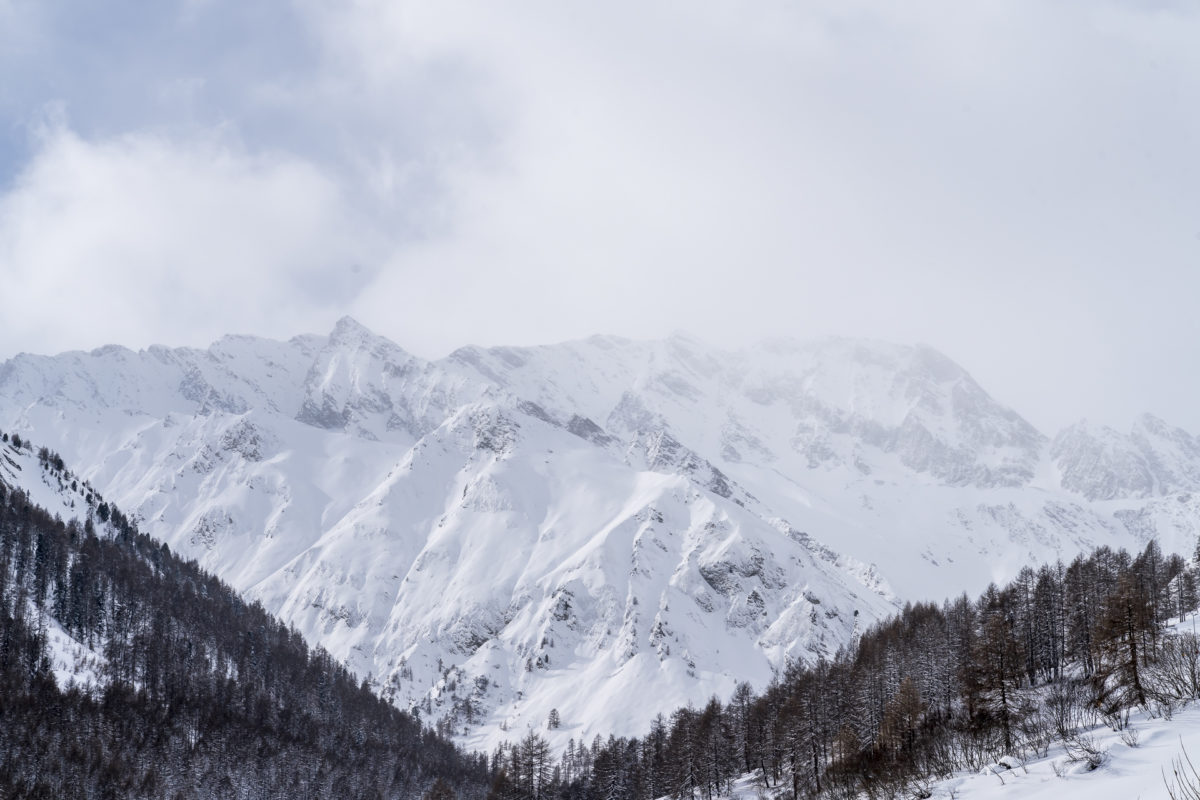







In the Almrausch restaurant at the end of the valley run in Samnaun Compatsch you can fortify yourself with cheese spaetzle and in the valley dairy just around the corner, fondue mixes are packaged from the Samnaun mountain cheese, among other things. Dairyman Peter Mair is someone who commutes daily between two cultures. The production manager of the Samnaun dairy has a second mainstay in Tschlin, the “Che Chaschöl”. I want to know what he likes better. “It’s a change,” Peter Mair replies with a laugh.


On the way back, we will make a stop at Astro Whisky & More. The liquor store and bar is located opposite the dairy and exemplifies the more upscale and carefully curated duty-free shops of Samnaun. As a lazy person, the argument of the duty-free shopping experience was not decisive for me. In conversation with sommelier Christian Heis, who runs the spirits business with passionate commitment and knows how to tell a story about every bottle in the room, I realize that it’s about much more than cheap “junk”.
By the way, when it comes to means of payment, Samnaun is just as flexible between two cultures – euros, Swiss francs. Both are fully accepted. Only I am irritated in the meantime and catch myself answering in High German and pulling out my Euro wallet, even though I have both feet on Swiss soil.
Because the range of slopes is truly limitless
The next morning we have an appointment with Martin Hangl for skiing. In 1989, the Samnaun native crowned his professional skiing career with the Super-G World Championship title in Vail. After the end of his skiing career, he devoted himself with equal passion to the family-run sports shop in Samnaun Dorf and his work as managing director of the 1st Swiss Ski and Snowboard School.
Equipped with rental skis and full of anticipation for the fresh snow, we set off together with Martin Hangl on our way to Alp Trida Sattel. The mountain station of the Samnaun double-decker lift is located at almost 2,500 m above sea level. Up here, a generous expanse awaits you. The peaks all around are at similar altitudes and don’t contest the sun on this bright and beautiful February morning. Ahead of us are 239 kilometres of perfectly groomed, varied pistes that take us across the border to Ischgl. The Silvretta mountain railways, which own the majority of shares in Samnaun Bergbahn AG with 51%, are pulling in the same direction as the Swiss and invest year after year in the comfort of the lifts. Heated seats, windshield – standard on almost every system.


While the sun-hungry winter sports enthusiasts like to “work” their way from Ischgl to Samnaun in the morning, we are on our way in the opposite direction. The advantage: Despite fantastic conditions, we enjoy free travel everywhere and can make the first tracks in the fresh snow here and there on the secured edge of the slope.
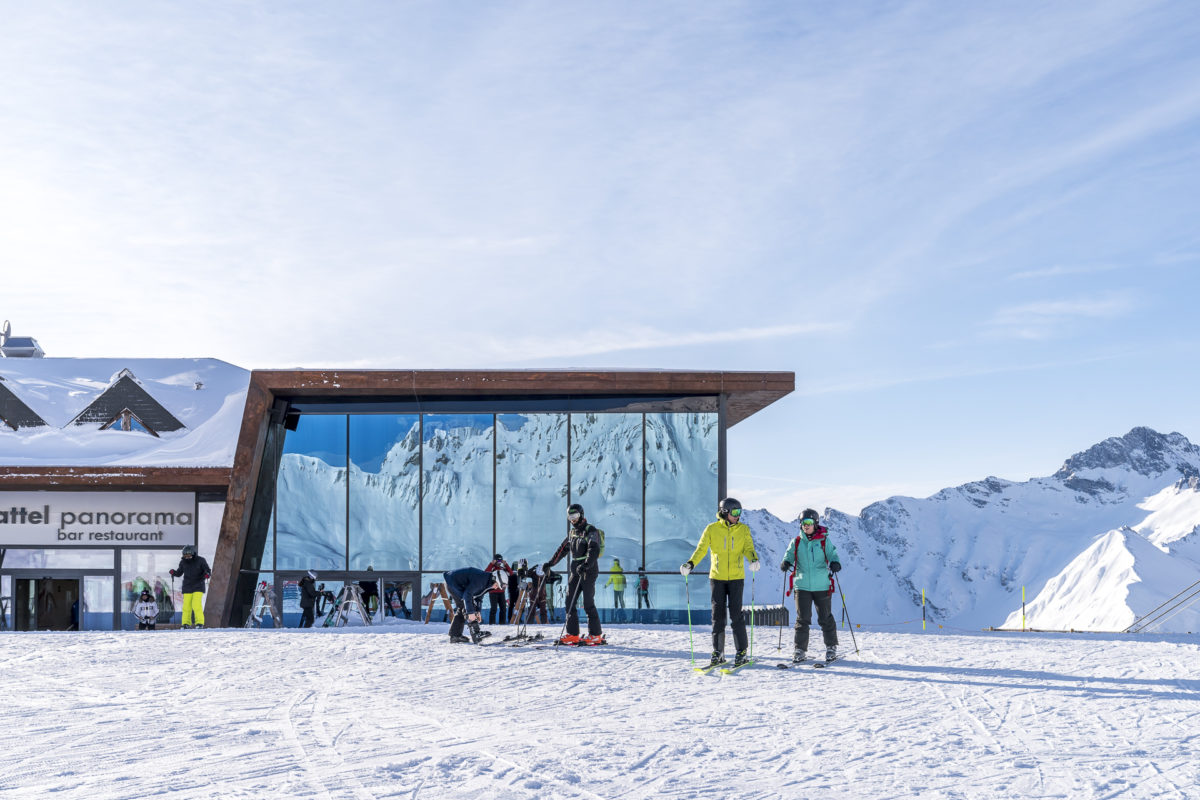



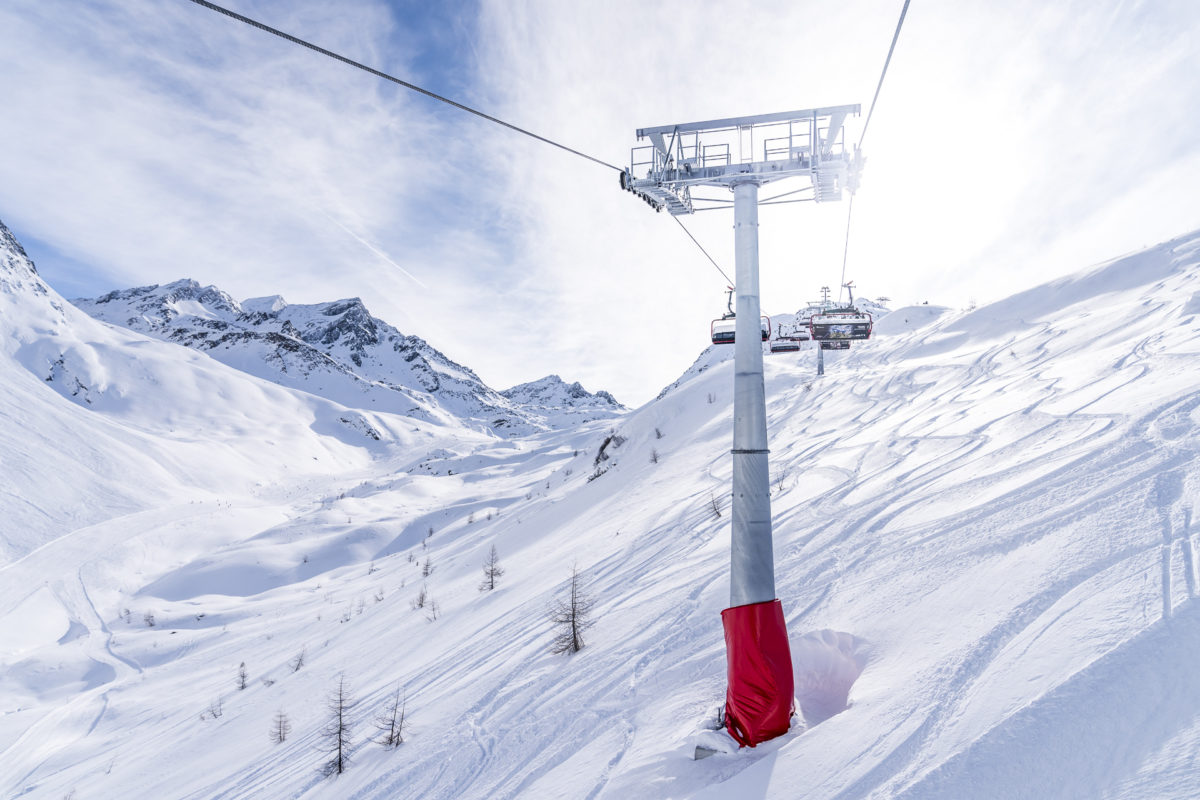

After a coffee stop on the Idalp, we drive to the valley station of the Velilleckbahn. A descent that I particularly liked. And the view from the chairlift of the dazzling white high valley between Pardatschgrat and the Austrian-Swiss border mountains is definitely worth a souvenir photo. Via Viderjoch we return to the Swiss side at noon. In the restaurant La Marmotte on Alp Trida, you can enjoy a well-deserved refreshment in the form of an extremely generously loaded “Plättlis”. Not only in terms of ski tickets, but also in terms of catering at the edge of the slopes, Swiss guests benefit from the euro as a key currency – in a cross-country comparison, Samnaun scores with an excellent price-performance offer.

Then it’s back to Samnaun via the Palinkopf and the legendary duty-free run. No valley run is complete without a stopover at the “Schmuggleralm” right on the edge of the slopes in Samnaun village. The après-ski counterpart to Ischgl – although it’s much quieter here. Rambazamba, far from it. Samnaun attracts sporty guests who are already looking forward to making ski plans for the next day during après-ski. Because one thing is clear: one day is not enough to try out all the great descents.

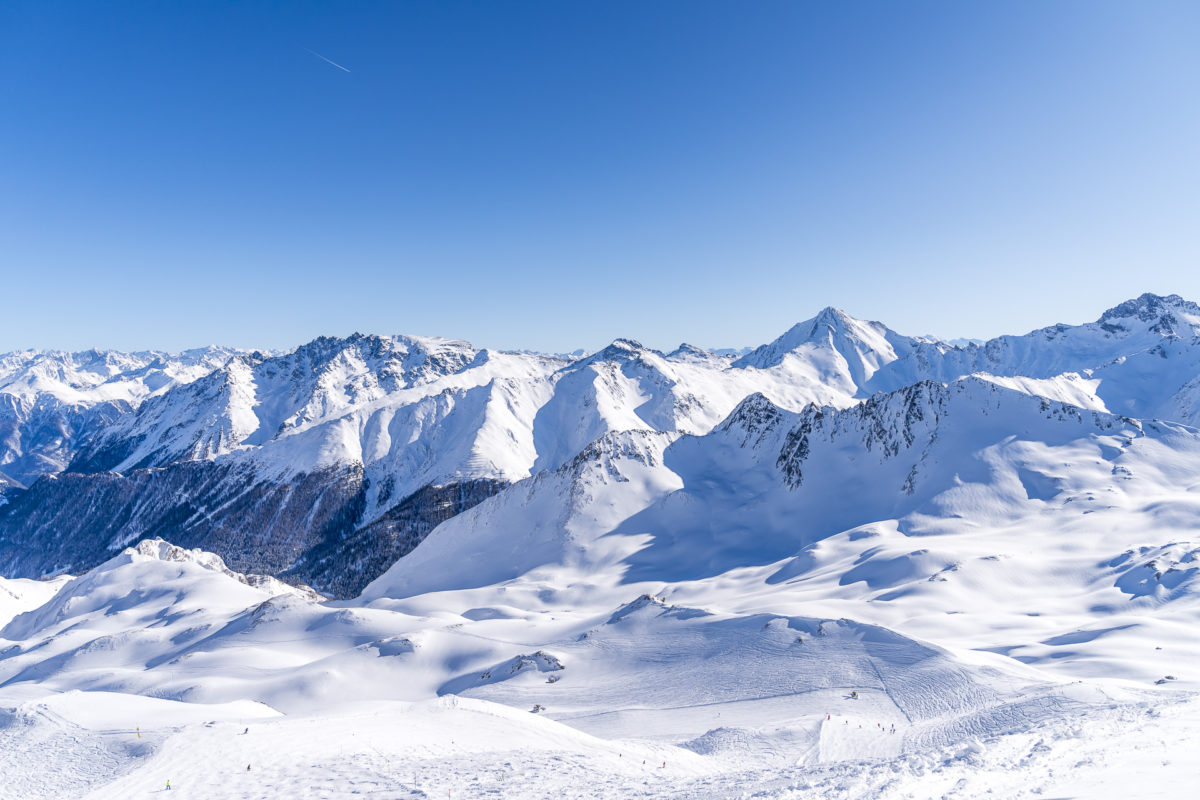


Because sport and relaxation merge smoothly here
Samnaun is not only an Eldorado for sporty winter fans, but also a place where you can put your burning thighs up without a guilty conscience after a strenuous day of skiing. During our visit, we stay at the Relais & Château Chasa Montana Hotel & Spa, which is located right next to the Musella lift in Samnaun village. The charming 4-star superior hotel is one of the best addresses in the valley and is the right place to go for all those who want to combine skiing and wellness. The spacious spa area includes 7 different saunas and steam baths, an outdoor brine bath with phenomenal mountain views and a beautifully bright sports pool with bubble pool. So it’s not surprising that the boyfriend and I shortened the après-ski in favor of a wonderfully relaxing hour at the spa, right?
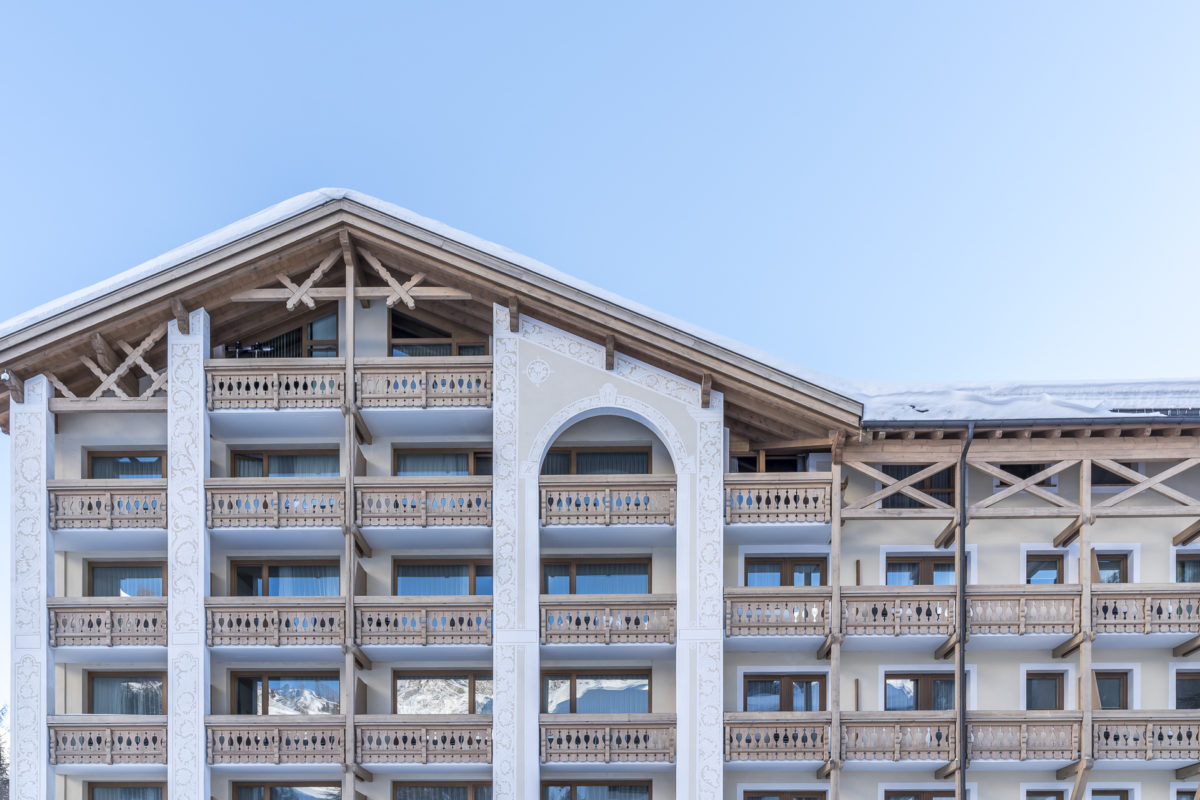


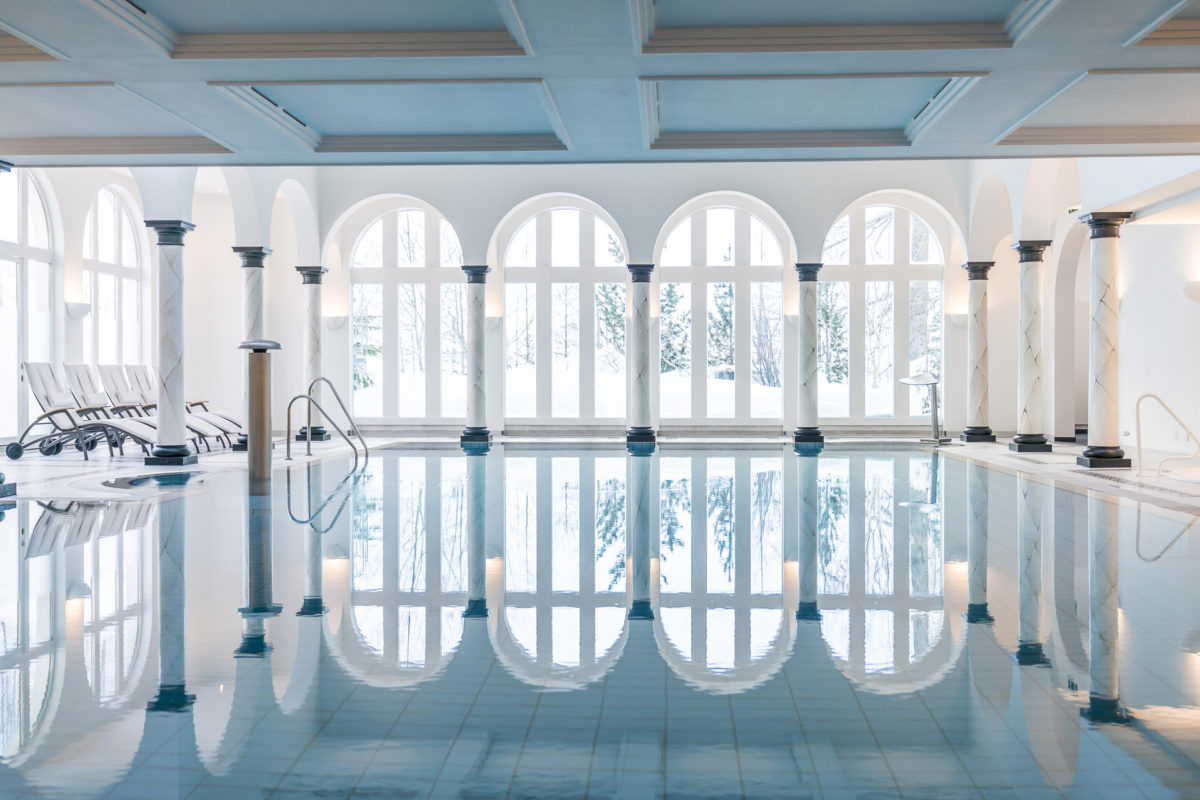
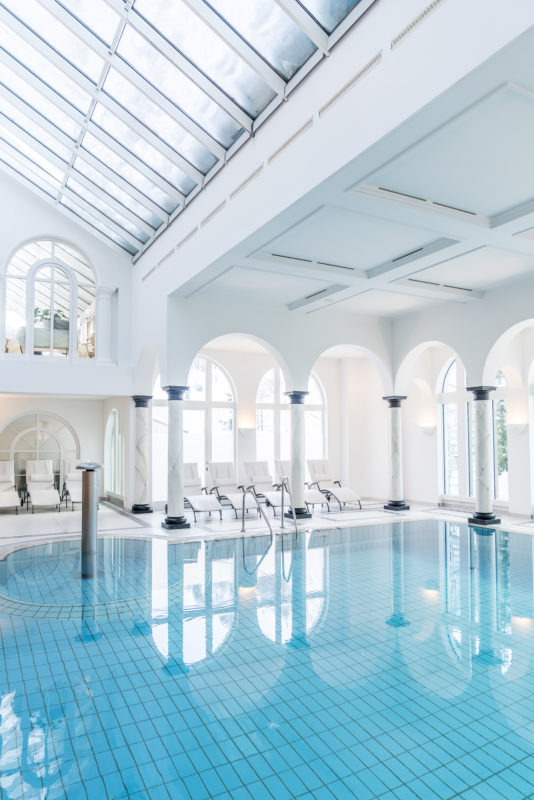

Because enjoyable moments are provided
Another argument in favor of the Chasa Montana is the culinary offer. The hotel has four restaurants – La Pasta with Italian-inspired cuisine, the raclette and fondue parlour la Grotta, the half-board restaurant “Chasa Montana” and the gourmet Stübli la Miranda.
Anyone who knows us knows that we are passionate about trying our hand at refined culinary art – and we want to make no exception to this with “La Miranda”, which has been awarded a Michelin star and 16 Gault Millau points. But before we can enjoy the surprise menu, we make a stop at the wine cellar. Over 1,000 wine positions from 16 countries comprise Chasa Montana’s impressive and carefully curated wine list.


Back at La Miranda, chef Bernd Fabian’s creative culinary art captivates us. The appetizers are colorful, playful and – most importantly – all very tasty. My favourite of the evening follows in second place – the alpine prawn from Hall in Tirol with veal tartare, parsley and pear. Simple, smart and tasty – just my taste. The “Japanese pork” is also very fine with a combination of pork belly and mussel with cucumber, dashi and finger limes. I am not completely convinced by the goat cheese, which is served with salmon trout and dominates the taste too much in my opinion. “My kitchen, my rules,” replies the likeable chef with a wink. This blunt directness matches his unmistakable placement on the neck #nofilter tattoo.




The enjoyable evening is crowned by an unusual combination of friandises. Bernd Fabian was inspired by the theme of “funfair” and I give him a wreath for the fact that I actually tried cotton candy for the first time in my life!

Because a varied program is provided
Unlimited fun on the slopes, relaxing wellness moments and enjoyable evenings – at first glance, the tranquil Samnaun has surprisingly much to offer. If you like to do a lot of sports and want to try something special in addition to the winter hiking trails and cross-country ski trails on site, I recommend a detour to Sur En not far from Scuol. Every winter, a forest path is transformed into a three-kilometre-long ice trail. Ice skates and helmets can be rented on site. It takes courage for the first two or three moves on the smooth surface – but after that, the magic of gliding through this wonderfully quiet winter landscape prevails.

Practical tips for your winter holidays in Samnaun
- The journey takes you from Zurich by public transport via Scuol-Tarasp and Martina to Samnaun in just over 4 hours. If you want to travel without ballast, you have the option of using the luggage transport service “Domizil da Vacanzas” (Update 13 December 2020: The offer is currently not available).
- The basic currency of Bergbahnen Samnaun AG is the Euro, as the ski pass prices are coordinated with Silvretta Seilbahnen AG in Ischgl. The cross-border day ticket costs 52 euros, which currently corresponds to around 60 CHF. Up-to-date information on ski pass offers and prices can be found on the website of Samnaun Tourism.
- Children under the age of 10 are allowed to use the facilities free of charge when accompanied by a parent.
- The season in the Samnaun/Ischgl ski area lasts from the end of November to the beginning of May.
- Accommodation prices at Hotel Chasa Montana vary depending on the season and category. The room rate starts at CHF 125 per person and includes breakfast and access to the spa area.
- The gourmet parlour La Miranda offers à la carte options as well as 3-, 4- or 5-course surprise menus. The 3-course surprise menu costs 99 CHF.
- In addition to La Miranda, there is a second gourmet restaurant in Samnaun Ravaisch, namely the two-Michelin-starred Homann.
- Duty-free shopping in Samnaun can save you money. Remember, however, that if the allowance is exceeded, you will have to declare the purchased goods on the return journey to Switzerland – which will cross a border regardless of the road you take.





Leave a Reply